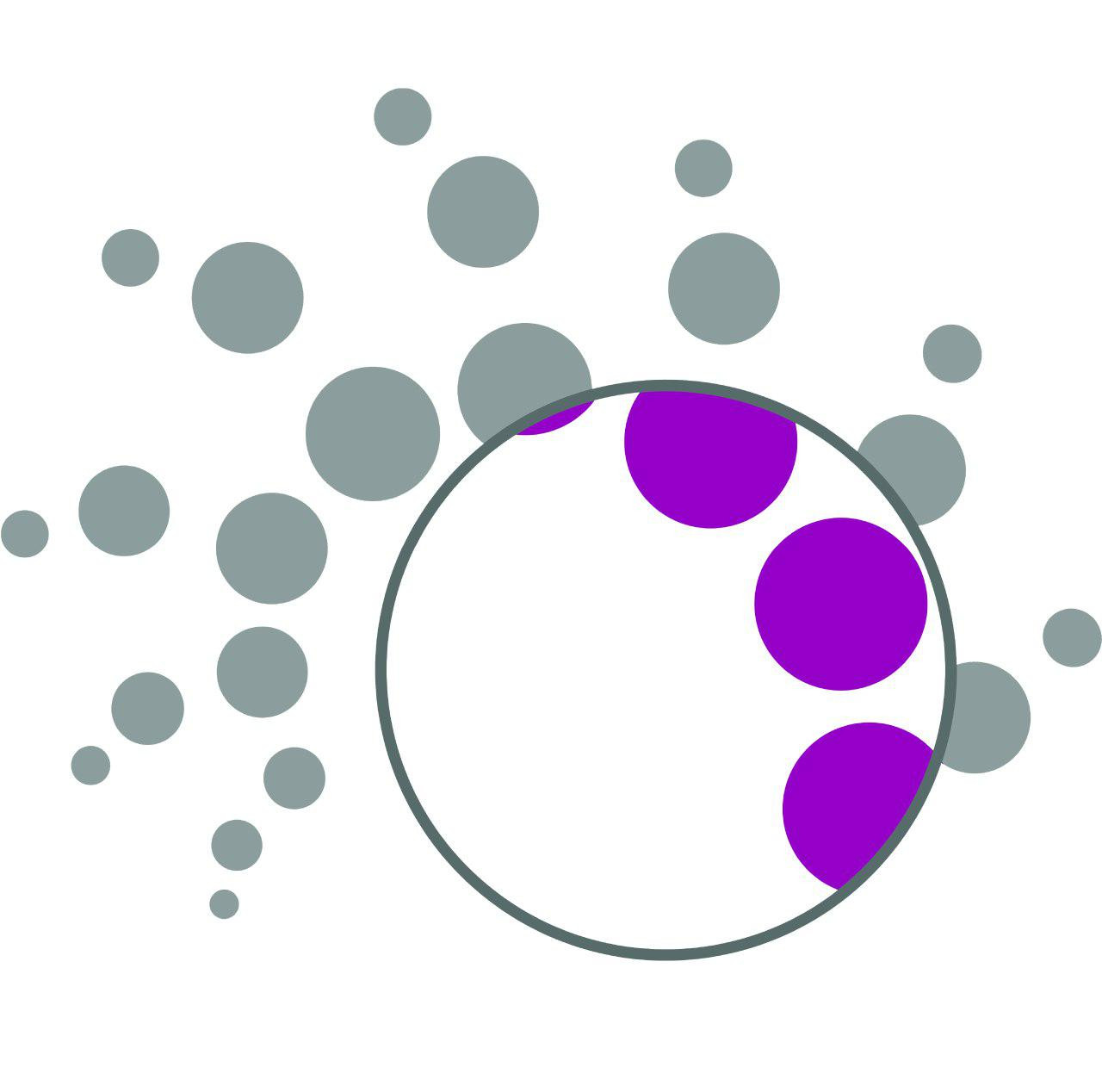Scanning probe microscopy (SPM) is a powerful and relatively new imaging technique which is able to reveal morphologies and local properties of various surfaces with high spatial resolution – nominally better than 0.1 nm. In the SPM technique, like other scanning analysis methods, the surface must be scanned point-to-point. Then, the signals are gathered from all scanned points of the surface (as input signal), processed with the aid of a computer-based module called feedback circuit and corrective signals (as output signal) sent to the microscope probe. Finally the output signals are deciphered and the resulting image will be formed. The details of these events, however, may differ with respect to the imaging modes and type of SPM.
The two most common type of SPM, are Atomic Force Microscopy (AFM) and Scanning Tunneling Microscopy (STM). The major difference between them stems from the input signals which are sent to the feedback circuit. Unlike AFM whose input signals depend on cantilever movements and recording them through changes in position of incident laser beam on the photodiode array, STM uses completely different method. In the STM input signals rely on a tunneling current across a gap between probe tip and sample surface. The tunneling current is a phenomenon in quantum mechanics which says when two conductors are brought close to each other in an interatomic distance, applying only a small voltage between them generate a current ranging from 10pA to 10nA, known as tunneling current. According to a physics law since the tunneling current varies exponentially with the change of distance between probe tip and sample surface, it can be used as an input signal to declare probe position with respect to the sample surface.
The STM uses four different imaging modes, i.e. constant current, constant height, spectroscopic and manipulation; the most common mode is constant current. In this the feedback circuit sends corrective instructions to the piezoelectric actuator lever as output signal and attempts to adjust probe position with respect to the scanned surface, so that the tunneling current remains constant. Then the output signals of the feedback circuit are translated by computer based software to construct an image which is, in fact, a map of local density of states (LDOS) – a parameter defined in quantum mechanics. However, since LDOS is very sensitive to atom locations, the resulting image in constant current mode often fairly shows the surface topography. It is noticeable that the main limitation of STM lies in its operation mechanism, in which the scanned surface must be conductive to transfer the tunneling current.
Some applications of this instrument are as follows:
3-dimensional imaging from surface topography including roughness, grain size, height of steps and unevenness.
Imaging from various surface features like magnetic field, capacitance, friction and phase.
Survey and manipulation of the surface in atomic scale.
Nanolithography and etching in nanoscale, displacing of atoms and molecules, and creating artificial structures.
Details of technical specifications are presented in the following Table.
Scanning probe microscopy (SPM) is a unique tool for nanomaterial imaging, characterizing, and even manipulation. SPM can generate images at atomic resolution with angstrom scale (lateral and vertical resolution can be better than 0.1 nm). Note that in the STM, the examined sample surface must be conductive to transfer the tunneling current.



